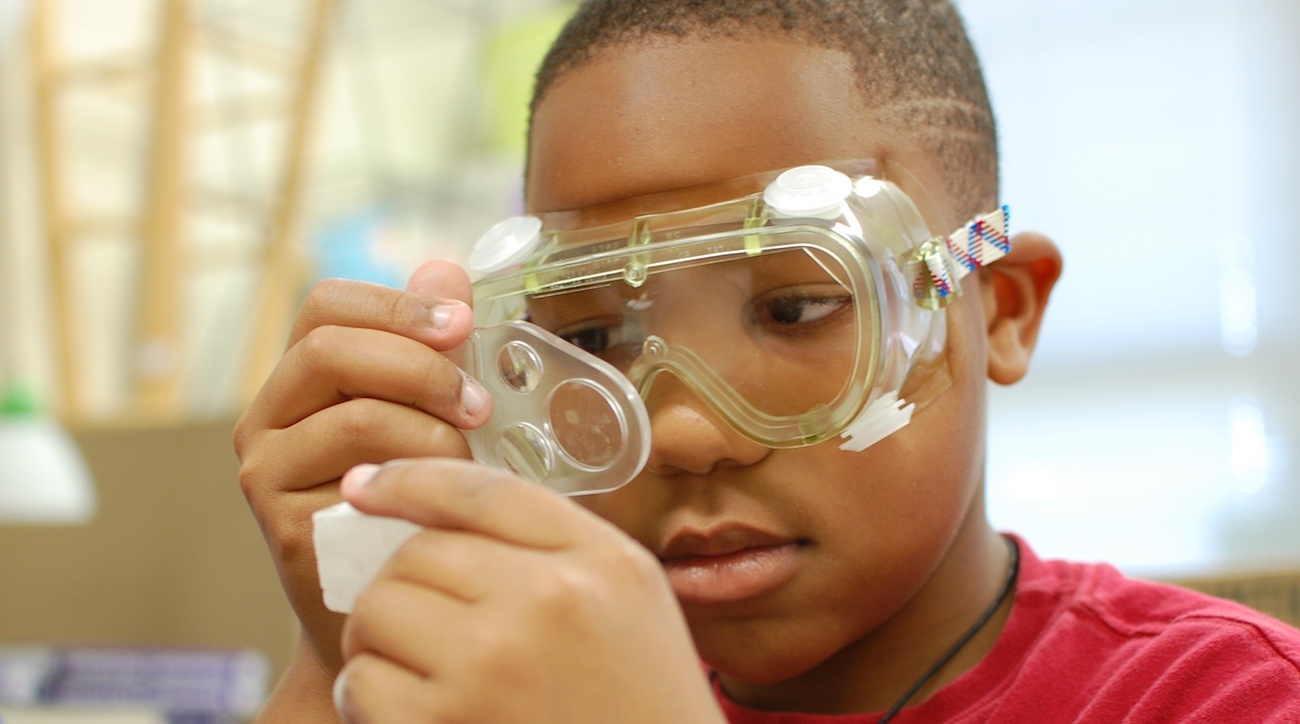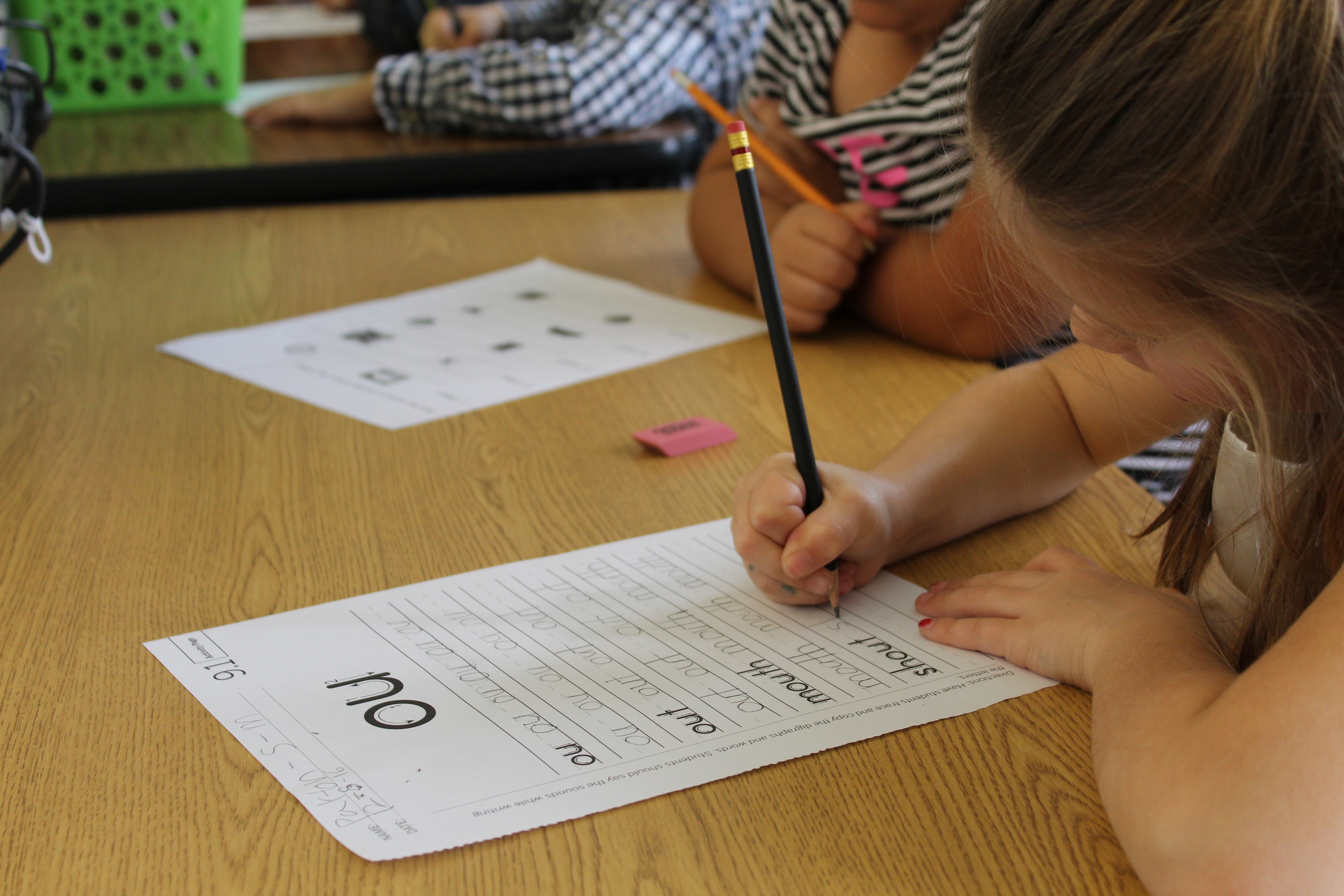In an NGSS classroom, students do what scientists do in real life.
The NGSS calls for deep linkages between the three dimensions of crosscutting concepts, disciplinary core ideas, and science and engineering practices. To do this effectively, students need to gather evidence from a variety of sources, make sense of that evidence, and construct strong scientific arguments about real-world phenomena.
1. Collect evidence
In an NGSS classroom students collect evidence from a variety of sources.
- Hands-on investigations
- Physical models
- Interactive digital simulations
- Scientific texts
- Media, including video clips, photographs, maps, and data sets
By collecting evidence from a variety of sources, students are engaging in multimodal learning and are offered multiple avenues into the content. Striking a balance between reading, writing, doing hands-on investigations, working with simulations, and engaging wit other pieces of rich media keep students engaged. Look for students collecting evidence from a variety of sources during instruction.
2. Make sense of evidence
Students make sense of evidence by:
- Highlighting and annotating texts
- Iteratively revising models
- Weighing the strength of scientific arguments
- Analyzing trends in data sets
- Manipulating variables and recording observations from digital simulations
- Discussing ideas and questions with classmates
Sense-making is at the heart of good science instruction. As students analyze the evidence they have collected they are engaged in active learning and are building the skills necessary to excel on high-stakes assessments, in college, and in the real world. Look for students engaged in meaningful discussions, testing assumptions, and beginning to defend claims.
3. Formulate convincing scientific arguments
Students use evidence to formulate convincing scientific arguments:
- Write a scientific argument supporting a claim using evidence they’ve collected
- Construct and revise models and write sophisticated scientific explanations
- Engage in oral argumentation in Science Seminars (grades 6-8)
- Evaluate the strengths of competing claims
In order to formulate convincing scientific arguments, students need strong reading and writing skills. By asking your students to engage in literacy-rich science experiences, you can strengthen the communication skills necessary to build increasingly complex arguments during science instruction time.
About Amplify Science
Amplify Science for grades K-8 is a core science curriculum built from the ground up for the NGSS. Students inhabit the roles of scientists and engineers to engage with real-world phenomena. Learn more about how Amplify Science can help you make the shift to next generation standards today.
Share this post

.png)

